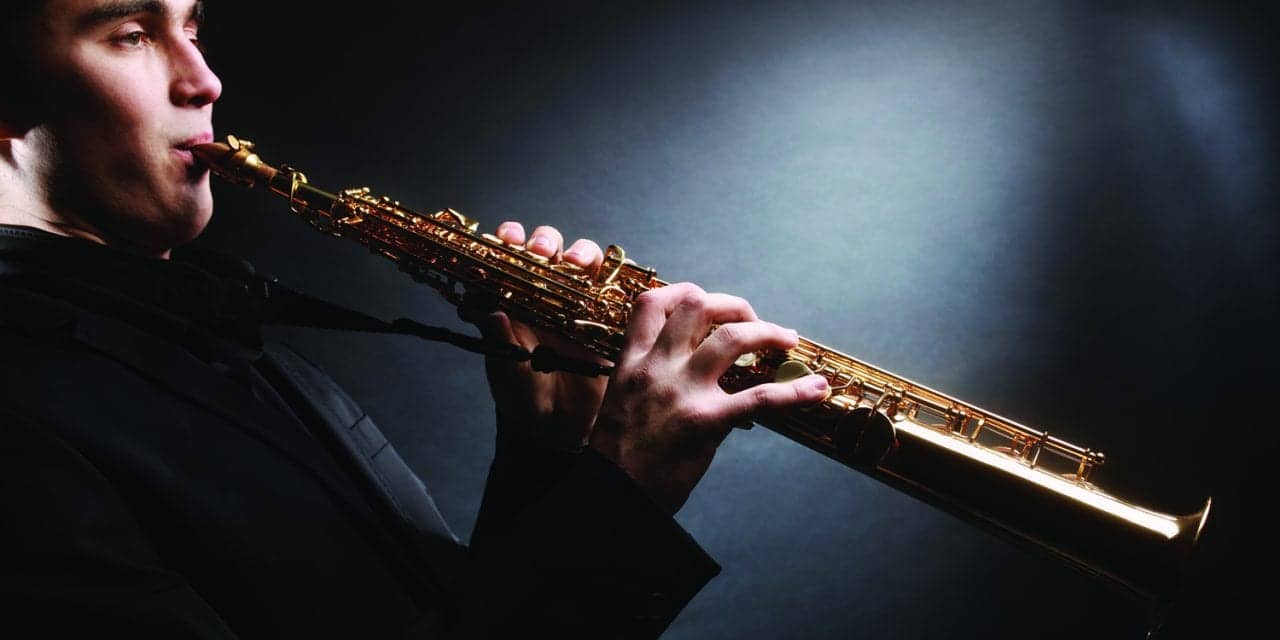Imagining a song triggers similar brain activity as moments of quiet in music, according to a pair of just-published studies in the Journal of Neuroscience.
Related article: Brain Scans May Predict Music-induced Emotion
The results collectively reveal how the brain continues responding to music, even when none is playing, and provide new insights into how human sensory predictions work. An article detailing the research appears on the Trinity College Dublin website.
Music is more than a sensory experience
When we listen to music, the brain attempts to predict what comes next. A surprise, such as a loud note or disharmonious chord, increases brain activity. To isolate the brain’s prediction signal from the signal produced in response to the actual sensory experience, researchers used electroencephalograms (EEGs) to measure the brain activity of musicians while they listened to or imagined Bach piano melodies.
When imagining music, the musicians’ brain activity had the opposite electrical polarity to when they listened to it – indicating different brain activations – but the same type of activity as for imagery occurred in silent moments of the songs when people would have expected a note but there wasn’t one.
Explaining the significance of the results, Giovanni Di Liberto, Assistant Professor in Intelligent Systems in Trinity’s School of Computer Science and Statistics, said: “There is no sensory input during silence and imagined music, so the neural activity we discovered is coming purely from the brain’s predictions eg, the brain’s internal model of music. Even though the silent time-intervals do not have an input sound, we found consistent patterns of neural activity in those intervals, indicating that the brain reacts to both notes and silences of music.
“Ultimately, this underlines that music is more than a sensory experience for the brain as it engages the brain in a continuous attempt of predicting upcoming musical events. Our study has isolated the neural activity produced by that prediction process. And our results suggest that such prediction processes are at the foundation of both music listening and imagery. We used music listening in these studies to investigate brain mechanisms of sound processing and sensory prediction, but these curious findings have wider implications – from boosting our basic, fundamental scientific understanding, to applied settings such as in clinical research.
“For example, imagine a cognitive assessment protocol involving music listening. From a few minutes of EEG recordings during music listening, we could derive several useful cognitive indicators, as music engages a variety of brain functions, from sensory and prediction processes to emotions. Furthermore, consider that music listening is much more pleasant than existing tasks.”
This work was supported by funding from the European Research Council. Di Liberto performed the work while completing postdoctoral positions at ENS Paris and Trinity, with Professor Shihab Shamma (University of Maryland and ENS Paris) and his student Guilhem Marion (ENS Paris).
Orignal Papers: Marion G, Di Liberto GM, Shamma SS. The music of silence. Part I: Responses to musical imagery encode melodic expectations and acoustics. Journal of Neuroscience. 2021. JN-RM-0183-21. DOI: https://doi.org/10.1523/JNEUROSCI.0183-21.2021.
Di Liberto GM, Marion G, Shamma SS. The music of silence. Part II: Music listening induces imagery responses. Journal of Neuroscience. 2021. JJN-RM-0184-21. DOI: https://doi.org/10.1523/JNEUROSCI.0184-21.2021.
Source: Trinity College Dublin, Journal of Neuroscience






